About Us
The Charlotta Bass Journalism & Justice Lab is the University of Southern California’s first media studies center that is dedicated to saving, studying and sharing the work of prominent and hidden figures who have been central to Black social justice movements in America.
We are the academic hub for Black witnessing.
In the prize-winning book, “Bearing Witness While Black: African- Americans, Smartphones and the New Protest #Journalism,” our founding director, Allissa Richardson, explains that Black people have long engaged in the practice of “Black witnessing” to shine a light on the nation’s many systemic inequalities. Black witnessing, as she has defined it, is an innovative process of deploying journalism as a powerful tool for activism. It uses an investigative editorial stance, to get to the bottom of an issue. It hacks the technology of the day — such as smartphones and social media — to create independent news networks. It also leverages the power of Black Americans from various public spheres to distribute that news far and wide, often creating linkages between injustices in the past to those we still see today.
When people think of the Civil Rights Movement, they often recall the charismatic Southern leaders, like Dr. Martin Luther King, Jr. The Charlotta Bass Lab wants to shine a light on the “Kings” of the West.




